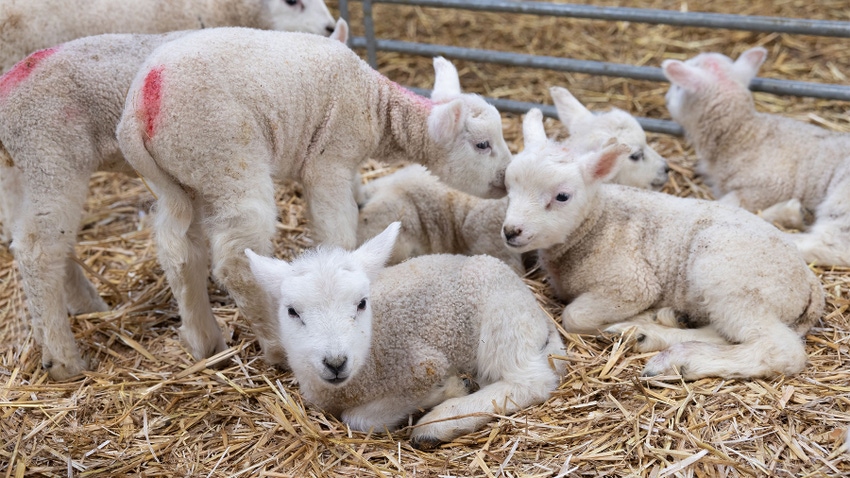January 9, 2024

by Michael Metzger
Kidding and lambing season is here, and there are steps owners should take to make sure their herd or flock is prepared.
By taking the time to prepare, owners will mitigate issues that could arise, and they will be set up for the best possible outcome. With proper care and planning, problems can be kept to a minimum as animals give birth.
Here are four steps to consider:
Step 1: Implement a vaccination program for your herd or flock. Four to six weeks before the animals are due to deliver, they should receive a booster with Clostridium perfringens type C and D and tetanus (CDT) vaccine and selenium and vitamin E (BoSe), if not providing selenium through feed or mineral mix.
Step 2: Monitor your feeding program to meet nutritional needs of the gestating animals. Does and ewes in the last trimester of pregnancy should have their feed intake monitored. As the fetuses continue to grow in the uterus, their nutritional demands also grow. These nutritional needs are difficult to meet, and it can be further complicated by the reduced size of the rumen due to the increased space occupied by multiple fetuses.
It is important to feed a highly digestible forage such as good-quality hay and an energy dense supplement such as corn to meet these demands. Failure to meet the needs of these expectant animals can result in ketosis or other metabolic conditions.
Step 3: Source the necessary supplies to have on hand. When preparing for kidding and lambing season, it is important to have some basic supplies on hand to assist with the delivery process, if needed. Some suggestions include:
disinfectant or anti-bacterial soap for cleaning before and after the exam
towels for drying kid or lambs
iodine for dipping navels
disposable obstetrical gloves for exams or pulling kids or lambs
OB lubricant for exams
clean bucket for warm, soapy water for preparing animal for exam
kid/lamb puller
large syringe and stomach tube for feeding neonates that can’t or won’t nurse
Step 4: Prepare the area for kidding or lambing. As the due date approaches, animals should be placed in well-bedded pens in a dry, draft-free area, if kidding or lambing during cold weather.
Once steps have been taken to properly prepare for the kidding or lambing season, owners can be ready to assist animals in the herd. One of the most important things to remember as animals go into labor is to give the process time and not rush things. Most animals will deliver with no problem on their own if left to themselves.
The first stages of labor can take anywhere from one to four hours. This stage includes the animal isolating herself, if possible, restlessness and nesting behavior. It also includes the water breaking.
The second stage of labor should last less than 45 minutes and include the fetus moving into the pelvic canal and hard labor resulting in delivery of the fetus. It is recommended that if you see no progress for 20 minutes in the second stage of delivery, owners may intervene and check for normal delivery position.
Assisting an animal during the birthing process requires some expertise. If owners are unsure or inexperienced, they should contact their veterinarian. Michigan State University Extension is offering a webinar series on the birth management of small ruminants.
For more information, visit extension.msu.edu. To have a digest of information delivered straight to your email inbox, visit extension.msu.edu/newsletters. To contact an expert in your area, visit extension.msu.edu/experts, or call 888-678-3464.
Metzger is Michigan State University Extension educator.
Source: MSU Extension
You May Also Like




